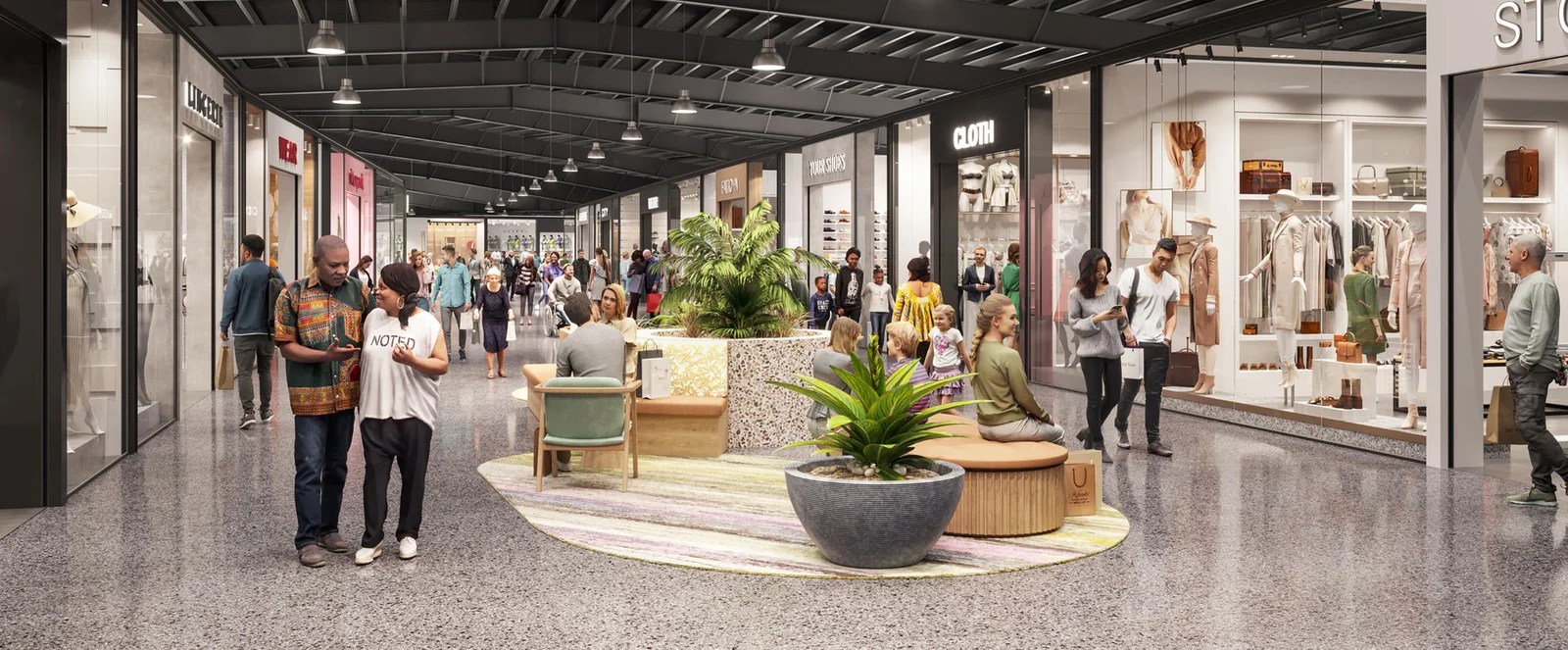It has views over the bay, an attractive food court, 100 shops and boasts a prestigious environmental rating but does our newest shopping mall have that magic ingredient for ultimate success – escapism?
Yes, if you judged it by the crowds in the first two weekends of opening; but not everyone is happy about the outlet mall Mānawa Bay, owned by Auckland International Airport. Airlines say they are frustrated that the airport is adding to traffic congestion by designing its roads – partly paid for by the airlines – to take people to the mall.
Airlines are already in a public stoush with the airport over planned higher airline landing fees to pay for terminal upgrades, and Mānawa Bay is “stoking the fire”, New Zealand Herald deputy business editor Grant Bradley says.
“It’s just one more irritation for people getting to the airport.”
Ironically, stories about traffic jams and long queues also lure people to the mall, says retail strategy consultant Chris Wilkinson of First Retail Group.
“It sounds crazy but it almost drives people in itself.”
He’s cautious about judging the mall’s success on its first two weeks.
“You see lots of people but did you see lots of shopping bags? At the moment there’s still that fascination with it. It’s a Sunday drive, it’s a trip out that can be fairly cheap and affordable.”
Rock bottom prices are no longer the main lure of malls, he says.

“It’s escape. With what’s going on in the world situation, within our own economy, people’s lives, the news, escapism is the biggest trend.”
His recent fact-finding tour of malls in the UK revealed that more and more people treat shopping centres as a destination.
“We were in some of the toughest parts of the UK looking at how businesses and shopping centres developed. You may have a very tough environment that you’re living in, city or those suburban centres, but if you can create an environment where people can escape that, that is important.”
The $200 million Mānawa Bay has around 100 stores, many of which can also be found at Onehunga’s Dress Smart Outlet nearby, but it also features luxury brands Michael Kors, Swarovski and Kate Spade as well as the “experiential” chocolate shop Lindt where shoppers have to queue twice, once to get into the store and then to pay for their purchase at another counter.
Wilkinson explains to The Detail how outlets are changing from clearance houses for brands’ last season leftovers to stores that sell cheaper versions of designs.
“For instance a Burberry jacket, the outlet jacket will be a different composition of material, buttons, zips and built for a price.”
You still get a Burberry but it is made especially for outlets where people expect a discount.
The Herald’s Bradley says the early success of Mānawa Bay is proof bricks and mortar retail is not dead. He says shopping malls are part of airports’ operating models around the world.
“Some critics have said that Auckland Airport is just one big shopping centre that just happens to have a runway at the back of it. It’s probably a bit unfair but the retail investment property side of the airport business is crucial.”
And while the airlines are disgruntled, the airport’s shareholders are very happy with the $200 million Mānawa Bay.
“The large investment community that a quality infrastructure asset like Auckland Airport attracts, they’re very satisfied.”
Check out how to listen to and follow The Detail here.
You can also stay up-to-date by liking us on Facebook or following us on Twitter.


